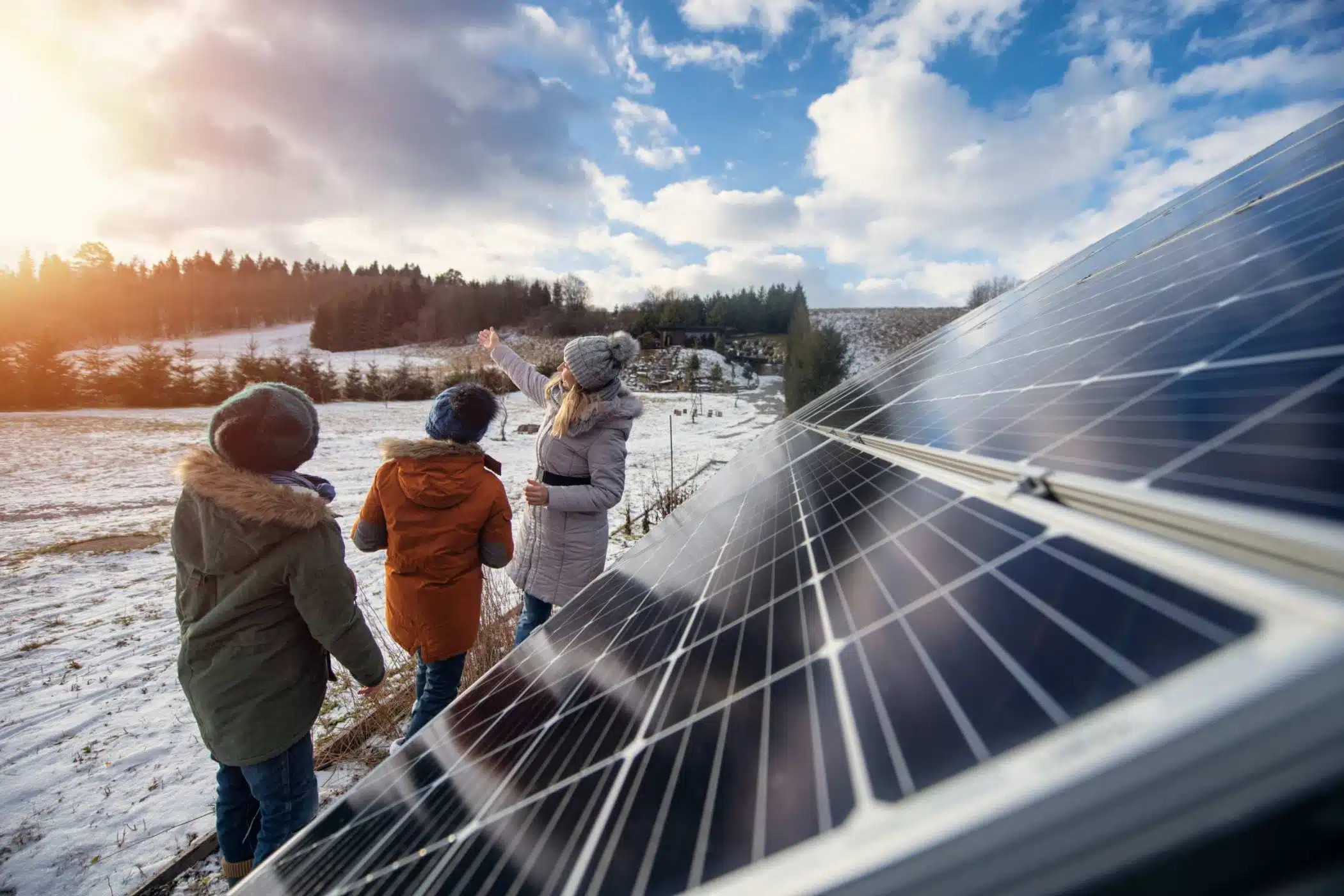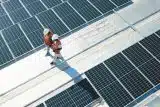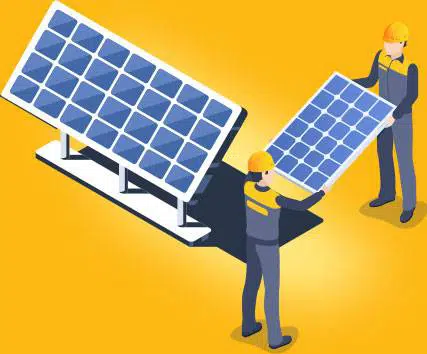Solar Energy in Extreme Climates: How Panels Perform
Solar Panels
Posted by: Advanced Solar 7 months ago
Harnessing the sun’s power through solar panels is an increasingly popular way to generate clean, renewable energy. However, one question that often arises is how solar panel performance is affected by extreme climates.
Whether it’s the scorching heat of the desert, the freezing temperatures of the Arctic, or the constant cloud cover in some regions, it’s essential to understand how these conditions impact the efficiency and output of solar panels.

Adapting to the Heat
Contrary to popular belief, solar panels do not thrive in extremely hot conditions. High temperatures can actually reduce solar panel performance due to the decrease in the voltage they generate.
This is because solar cells, which convert sunlight into electricity, become less efficient as they get hotter.
Despite this, advances in technology have led to the development of materials and cooling systems that help mitigate the effects of heat, ensuring that solar panels can still perform effectively in hot climates.
This means that even in the heat of the desert, solar panels can be a viable source of renewable energy, with proper planning and technology.
Braving the Cold
Interestingly, solar panels tend to perform better in cold conditions. The crisp, cold air does not inhibit the photovoltaic process; in fact, the efficiency of solar panels can increase in cooler temperatures. However, the challenge in colder climates often lies in the potential for snow cover, which can block sunlight from reaching the panels.
Solutions such as tilted panels to help shed snow and coatings to prevent accumulation are vital in maintaining solar panel performance in these environments. This ensures that even in the cold, solar panels can continue to generate power efficiently.
Navigating Through Clouds
Cloudy conditions present a unique challenge for solar panel performance. While it’s true that solar panels can still generate electricity on cloudy days, their efficiency does drop compared to sunny days. The diffuse sunlight in cloudy conditions means that panels will produce less power.
However, modern solar panels are increasingly effective at capturing indirect sunlight, and when combined with a well-designed system that includes battery storage, they can still significantly contribute to energy needs in cloudy climates.
Maximizing Efficiency Across Climates
The key to maximizing solar panel performance in any climate lies in the selection of the right technology and system design. Innovations in solar panel materials and construction have made it possible to optimize efficiency across a wide range of environmental conditions.
For instance, bifacial solar panels, which capture sunlight from both sides, can enhance energy production in snowy or cloudy conditions by picking up reflected light from the ground or clouds.
Pairing solar installations with smart technology and energy storage further stabilizes power generation, ensuring a consistent and dependable energy source.
For those considering solar in extreme climates, engaging with a solar energy specialist can help design a system that’s perfectly suited to your unique environment and energy needs.
While extreme climates present certain challenges, the forward march of technology and design innovation ensures that solar energy remains a powerful and viable option for sustainable living.
As we forge ahead, refining and enhancing solar technologies, the vision of a world powered significantly by the sun, even in the most challenging conditions, is increasingly within our grasp.
Advanced Solar is committed to making this vision a reality, guiding you toward a greener, more sustainable future with every solar panel we install.
Categories:
You May Be Interested In:

Solar Power for Industrial Facilities: Optimizing Energy Usage for Large-Scale Operations
1 week ago by Advanced Solar

Solar Panel Recycling: Sustainable Practices for End-of-Life Solar Panels
1 month ago by Advanced Solar

Solar for All: Bridging the Gap to Make Renewable Energy Accessible
2 months ago by Advanced Solar

Educating the Next Generation: The Importance of Solar Power in Schools
3 months ago by Advanced Solar
Contact Us to Learn More About Our Solutions
Are you ready to save money, help the environment, or become energy independent?
